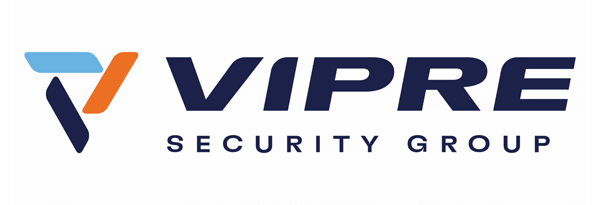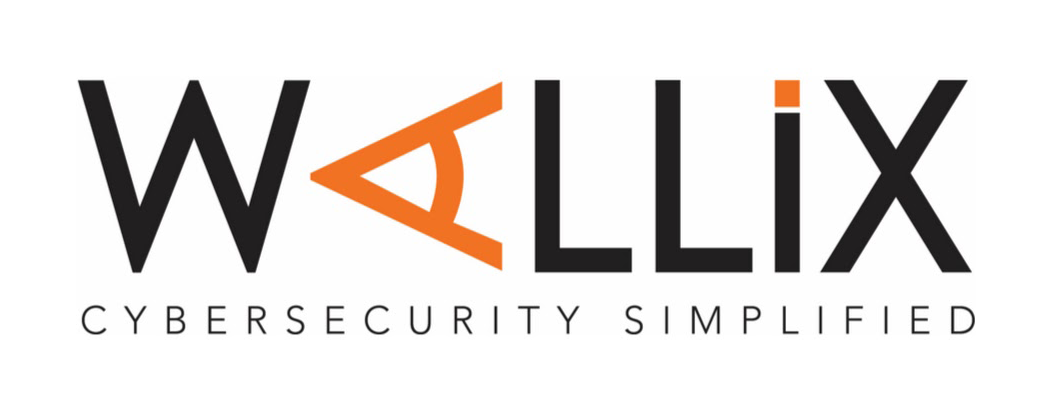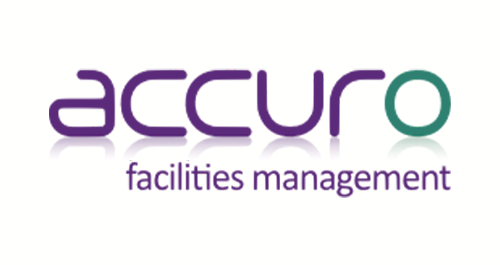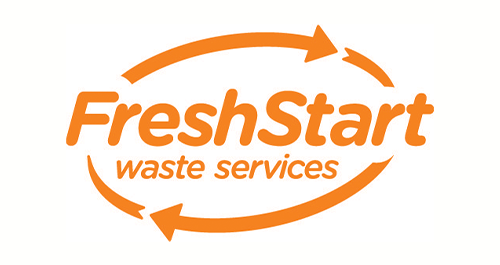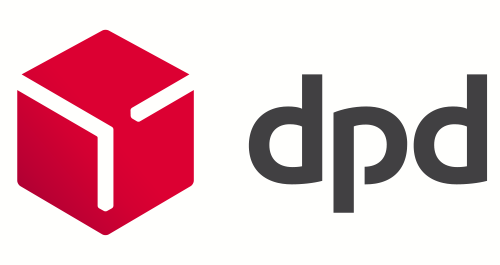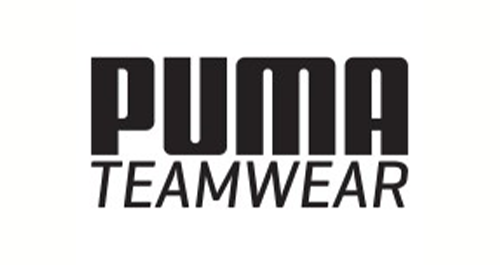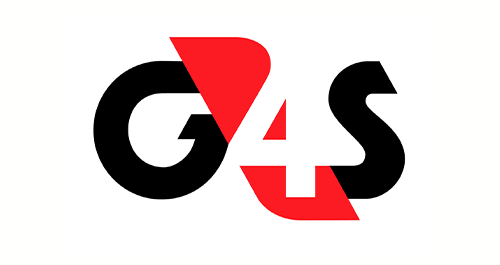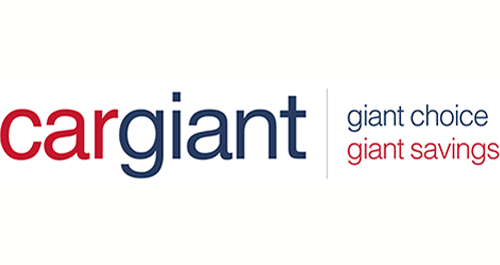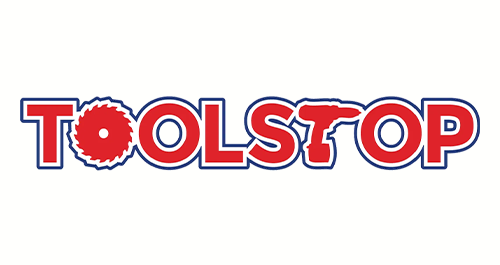Selecting an enterprise-level Managed Detection and Response (MDR) provider
Exclusive Idency Offer:
FREE MDR with ThreatDown Advanced
When selecting an enterprise-level Managed Detection and Response (MDR) provider, the stakes are higher due to the scale, complexity, and often the regulatory requirements involved. Here’s an enhanced list tailored for enterprise needs:

FREE MDR (Managed Detection & Response) with ThreatDown Advanced
To get started with your exclusive quote, please provide your email:
1. Enterprise-Grade Threat Detection and Response
- 24/7 Global Monitoring: Ensure the provider offers global, round-the-clock monitoring across all regions where your enterprise operates, with the ability to detect threats in real-time.
- Advanced Detection Techniques: Look for a provider that leverages AI, machine learning, behavioral analytics, and extensive threat intelligence to detect sophisticated, multi-stage attacks.
- Automated and Human-Driven Response: The best enterprise MDR providers combine automated responses with human expertise for threat validation, containment, and remediation.
2. Global Threat Intelligence Network
- Up-to-Date Global Intelligence: Ensure the provider has access to a vast and current threat intelligence network that covers global cyber threats, providing insight into threats targeting your industry and geographical regions.
- Industry-Specific Threat Intel: The provider should offer tailored intelligence for your specific sector, whether it’s finance, healthcare, retail, or another industry.
3. Advanced Threat Hunting
- Proactive Threat Hunting: Look for proactive threat hunting that goes beyond reactive measures. The MDR provider should actively search for threats that evade traditional defenses.
- Expert Analysts: Ensure the provider has a team of highly skilled security analysts, including threat hunters, incident responders, and forensics experts.
4. Integration with Enterprise Security Ecosystem
- Seamless Integration: The MDR service must integrate seamlessly with your existing security infrastructure, including SIEM, EDR, NDR, firewalls, and cloud security platforms.
- API and Automation Capabilities: Ensure the provider supports API integration for automation and orchestration across your security tools, allowing for streamlined operations.
5. Scalability and Flexibility
- Scalability: The MDR provider must be able to scale their services to match your enterprise’s growth, both in terms of the number of endpoints and the complexity of the environment.
- Multi-Environment Support: Ensure they support hybrid environments (cloud, on-premises, and remote) and can handle diverse IT landscapes, including IoT and OT environments.
6. Regulatory and Compliance Expertise
- Regulatory Compliance: The provider should have deep expertise in helping organisations comply with industry-specific regulations like GDPR, HIPAA, PCI DSS, and more.
- Audit Support: They should offer support for audits and help generate necessary compliance reports, easing the burden on your internal teams.
7. Incident Response and Forensics
- Rapid Incident Response: Ensure the provider has SLAs for rapid response, including containment and remediation. Enterprise MDR providers should offer response times measured in minutes, not hours.
- Forensics Capabilities: The provider should offer robust forensics to analyse incidents post-event, providing detailed reports on how the attack occurred and recommendations to prevent future breaches.
8. Comprehensive Reporting and Analytics
- Executive-Level Reporting: The provider should offer detailed, yet understandable reports for executives and boards, highlighting trends, risks, and response outcomes.
- Real-Time Dashboards: Ensure the provider offers real-time dashboards for security teams to monitor incidents and the overall security posture across all business units.
- Customisation: The reporting should be customisable to meet different stakeholders’ needs, from technical teams to C-suite executives.
9. Service Level Agreements (SLAs)
- Clear SLAs: Insist on detailed SLAs outlining response times, detection accuracy, and reporting frequency. Ensure these SLAs align with your internal security policies and business objectives.
- Performance Metrics: Look for providers that offer clear metrics and KPIs to measure the effectiveness of their services.
10. Security Operations Center (SOC) Capabilities
- Mature SOC: Ensure the provider operates a mature Security Operations Centre with skilled staff, advanced tools, and proven processes.
- Global SOCs: For multinational enterprises, ensure the provider has SOCs in different regions to handle local threats and regulations effectively.
11. Customisable Services
- Tailored Solutions: Enterprise MDR providers should offer highly customisable services to match the specific needs of your organisation, from custom detection rules to bespoke incident response plans.
- Modular Services: Look for a provider that offers modular services, allowing you to select specific components of their offering that align with your security strategy.
12. Cost Transparency and Value
- Predictable Pricing: Ensure transparent pricing models, with clear definitions of what is included and any potential additional costs, such as forensics or out-of-hours support.
- Value for Investment: Evaluate the value offered relative to the cost, considering the breadth of services, expertise, and the potential impact on your overall security posture.
13. Customer Support and Relationship Management
- Dedicated Account Management: Ensure the provider assigns a dedicated account manager who understands your business and can act as a liaison for any issues or adjustments needed.
- Proactive Communication: Look for proactive communication about emerging threats, new vulnerabilities, and changes in the threat landscape that may impact your enterprise.
14. Proven Track Record and Reputation
- Industry Reputation: Research the provider’s reputation, particularly in the enterprise space. Look for reviews, case studies, and customer testimonials from similar-sized companies.
- Success Stories: Ask for references or case studies that demonstrate the provider’s effectiveness in handling complex incidents and improving their clients’ security posture.
15. Partnership and Strategic Alignment
- Strategic Partner, Not Just a Vendor: The ideal MDR provider should act as a strategic partner, aligning their services with your long-term security goals rather than just offering a transactional service.
- Continuous Improvement: Ensure the provider is committed to continuous improvement and adapting their services as your business evolves and the threat landscape changes.
By focusing on these criteria, you can ensure that the MDR provider you select is equipped to handle the complexities of securing an enterprise environment, ultimately reducing risk and enhancing your security posture.



















